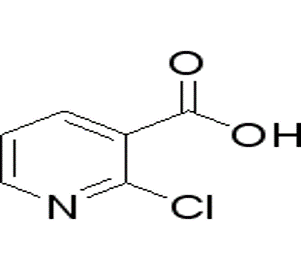Isobutyl acetate(CAS#110-19-0)
| Hazard Symbols | F – Flammable |
| Risk Codes | R11 – Highly Flammable R66 – Repeated exposure may cause skin dryness or cracking |
| Safety Description | S16 – Keep away from sources of ignition. S23 – Do not breathe vapour. S25 – Avoid contact with eyes. S29 – Do not empty into drains. S33 – Take precautionary measures against static discharges. |
| UN IDs | UN 1213 3/PG 2 |
| WGK Germany | 1 |
| RTECS | AI4025000 |
| TSCA | Yes |
| HS Code | 2915 39 00 |
| Hazard Class | 3 |
| Packing Group | II |
| Toxicity | LD50 orally in Rabbit: 13400 mg/kg LD50 dermal Rabbit > 17400 mg/kg |
Introduction
Main Entry: Ester
isobutyl acetate (isobutyl acetate), also known as “isobutyl acetate”, is the esterification product of acetic acid and 2-butanol, colorless transparent liquid at room temperature, miscible with ethanol and ether, slightly soluble in water, flammable, with mature fruit aroma, mainly used as a solvent for nitrocellulose and lacquer, as well as chemical reagents and flavoring.
isobutyl acetate has typical properties of esters, including hydrolysis, alcoholysis, aminolysis; Addition with Grignard reagent (Grignard reagent) and alkyl lithium, reduced by catalytic hydrogenation and lithium aluminum hydride (lithium aluminum hydride); Claisen condensation reaction with itself or with other esters (Claisen condensation). Isobutyl acetate can be qualitatively detected with hydroxylamine hydrochloride (NH2OH · HCl) and ferric chloride (FeCl ), other esters, acyl halides, the anhydride will affect the assay.








